Thaler v. Perlmutter: Affirmation of human authorship in copyright law
On March 18, 2025, the U.S. Court of Appeals for the District of Columbia Circuit rendered an impactful decision in the case of Thaler v. Perlmutter, reinforcing the principle that copyright protection is exclusively reserved for works created by human authors. This ruling has significant implications for the intersection of artificial intelligence (AI) and intellectual property law.
Introduction
The rapid advancement of artificial intelligence has revolutionized various sectors, including the creative industries. However, this technological evolution has raised complex legal questions, particularly concerning the eligibility of AI-generated works for copyright protection. The recent decision in Thaler v. Perlmutter addresses these issues head-on, providing clarity on the necessity of human authorship in copyright law.
Background of the case
Dr. Stephen Thaler, a pioneer in AI research, developed an artificial intelligence system known as the “Creativity Machine.” This system autonomously produced an artwork titled “A Recent Entrance to Paradise.” In 2019, Dr. Thaler sought to register this AI-generated artwork with the United States Copyright Office, listing the Creativity Machine as the sole author and himself as the copyright claimant.
Legal proceedings and arguments
A – Initial application and denial
The Copyright Office denied Dr. Thaler’s application, citing its longstanding policy that copyright protection extends only to works created by human authors. The Office emphasized that non-human entities, such as machines, cannot be recognized as authors under the Copyright Act.
B – District Court proceedings
Challenging the Copyright Office’s decision, Dr. Thaler filed a lawsuit in the U.S. District Court for the District of Columbia. He argued that the human authorship requirement was neither mandated by the Copyright Act nor the Constitution. The district court upheld the Copyright Office’s decision, affirming that human authorship is a fundamental prerequisite for copyright eligibility.
C – Appeal to the D.C. circuit
Undeterred, Dr. Thaler appealed to the U.S. Court of Appeals for the District of Columbia Circuit. He contended that the term “author” in the Copyright Act should encompass non-human creators, especially in the context of advanced AI systems capable of independent creativity.
Court’s analysis and rationale
A – Interpretation of author in the Copyright Act
The appellate court conducted a thorough analysis of the term “author” as used in the Copyright Act of 1976. Notably, the Act does not explicitly define “author.” However, the court examined various provisions within the Act that implicitly require human authorship:
- Ownership and transfer provisions: The Act presupposes that authors have the legal capacity to own property and transfer rights, capacities that machines inherently lack.
- Duration of copyright: Copyright protection is tied to the life of the author, a concept inapplicable to non-human entities.
- Termination rights: The Act provides for termination rights exercisable by the author’s heirs, underscoring the human-centric framework of copyright law.
Based on these considerations, the court concluded that the Copyright Act necessitates human authorship for a work to qualify for copyright protection.
B – Rejection of non-human authorship arguments
Dr. Thaler proposed that the work-for-hire doctrine allows non-human entities to be considered authors. The court rejected this argument, clarifying that the doctrine permits employers to be deemed authors of works created by human employees within the scope of their employment, but it does not extend authorship to machines or AI systems.
Implications for AI-Generated works
A – Human involvement in creative processes
The court’s decision reaffirms that copyright protection is reserved for works with identifiable human authorship. This does not preclude the use of AI in the creative process; however, there must be substantial human involvement and creative contribution for a work to be eligible for copyright protection.
B – Future considerations
As AI technology continues to evolve, the delineation between human and machine contributions may become increasingly complex. Future legal frameworks may need to adapt to address these challenges, ensuring that copyright law remains relevant in the age of artificial intelligence.
Conclusion
The Thaler v. Perlmutter decision underscores the enduring principle that human creativity is at the heart of copyright protection. While AI can serve as a valuable tool in the creative process, the law currently requires a human touch to confer copyright.
Need expert guidance on AI and intellectual property? Dreyfus Law Firm specializes in intellectual property law, including trademark, copyright, and AI-related legal matters.
Dreyfus Law Firm collaborates with a global network of IP attorneys to provide tailored legal solutions in the evolving field of AI and copyright.
Join us on social media !
FAQ
1 – Does AI have copyright?
No. Under current legal frameworks in the United States, France, and most jurisdictions worldwide, artificial intelligence cannot hold copyright. Copyright law recognizes only natural persons (human beings) as authors. The recent ruling in Thaler v. Perlmutter (2025) reaffirmed that a work created autonomously by an AI system without human authorship is not eligible for copyright protection. Machines are regarded strictly as tools, not as legal subjects.
2 – Why does AI pose a threat to copyright law?
AI challenges the fundamental principles of copyright, particularly authorship, originality, and legal accountability. When a work is generated autonomously without substantial human input, it becomes difficult to assess whether it qualifies for protection and, if so, who owns the rights. Additionally, generative AI systems are often trained on protected datasets without authorization, raising significant risks of massive infringement, bypassing of creators, and erosion of intellectual property value. The mass production of AI-generated content also complicates the detection and protection of authentic human works.
3 – What is the impact of artificial intelligence on the law?
Artificial intelligence has a transformative effect on legal systems, presenting both challenges and opportunities:
- In intellectual property law, it compels a re-evaluation of the concepts of authorship, ownership, and originality.
- In contract law, it raises issues regarding the validity of agreements negotiated or executed by autonomous agents.
- In liability law, it prompts questions about assigning responsibility for harm caused by AI systems.
- In data protection law, it intersects with privacy regulations and the governance of algorithmic decisions.
Legal frameworks will need to evolve significantly while preserving their core principles, to provide a fair and effective regulatory response to AI-driven innovation.

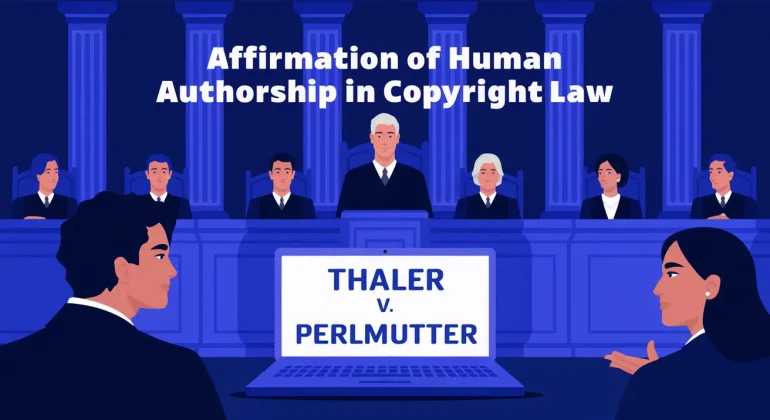
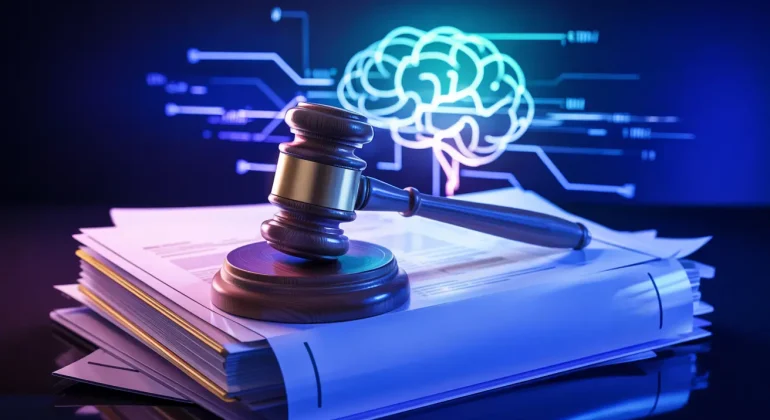
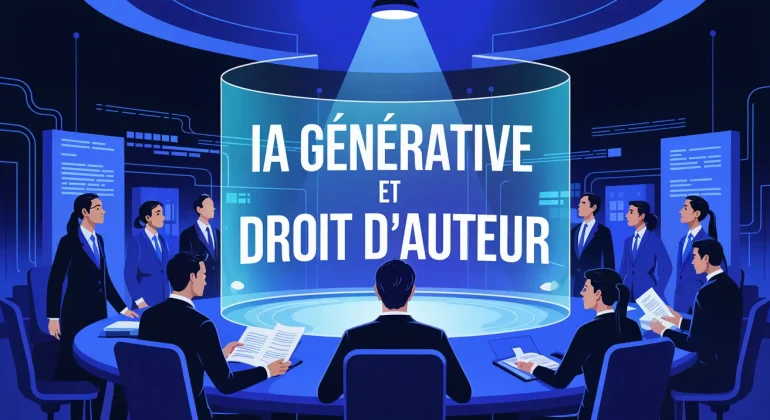
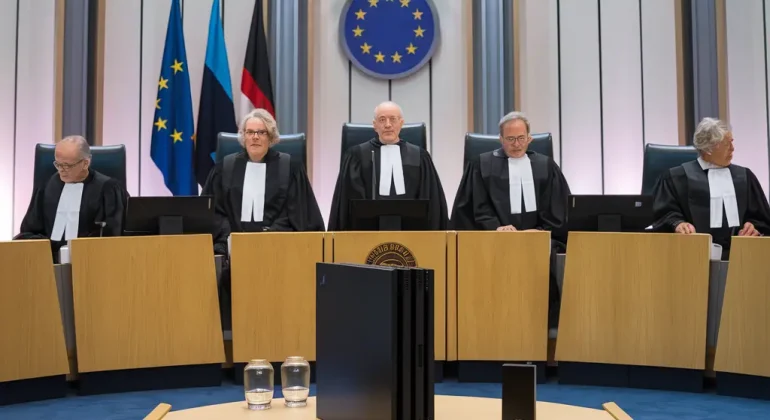


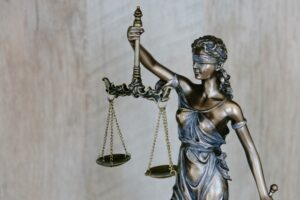

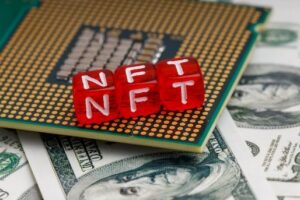 NFTs, or non-fungible token is one the biggest digital revolutions of our century. An NFT is a digital token operating on a blockchain.
NFTs, or non-fungible token is one the biggest digital revolutions of our century. An NFT is a digital token operating on a blockchain.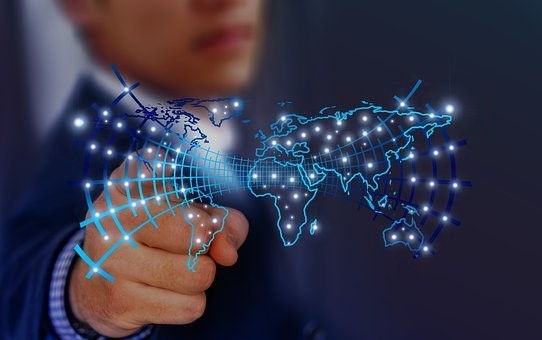

 Aside from including related rights for press publishers and press agencies, and rebalancing relations between rights holders and content sharing platforms, the
Aside from including related rights for press publishers and press agencies, and rebalancing relations between rights holders and content sharing platforms, the 